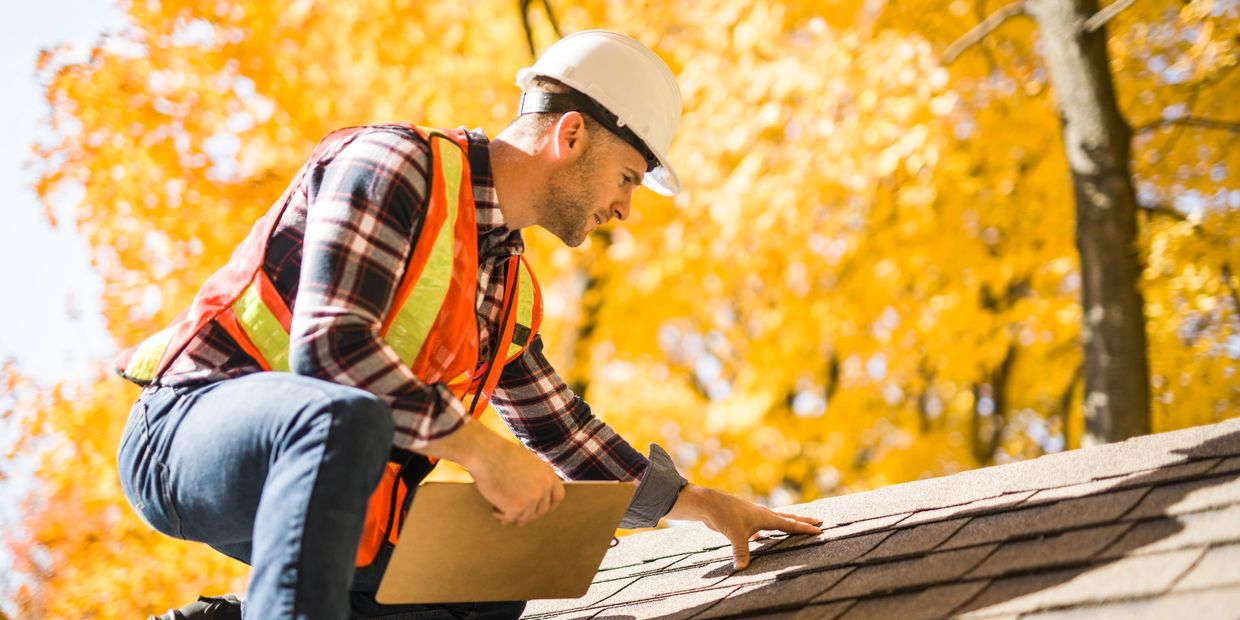Wind Mitigation

A wind mitigation inspection in Florida is a specialized home inspection designed to assess how well your home can withstand strong winds, particularly from hurricanes. Florida insurance companies use this information to determine whether you're eligible for discounts on your homeowner’s insurance premiums.
What the Wind Mitigation Inspection Evaluates:
1. Roof Covering
- Type (e.g., shingle, tile, metal)
- Date of Installation
- Whether it meets Florida Building Code standards
2. Roof Deck Attachment
- How the roof sheathing is attached to the trusses (e.g., nails vs staples)
- Nail size, spacing and quantity
3. Roof-to-Wall Connection
- Type of connectors (e.g., toenails, clips, hurricane straps)
- Strength of the connection
4. Roof Geometry
- Shape of the roof (e.g., hip, gable, flat)
- Hip roofs are generally more wind-resistant and get better discounts
5. Secondary Water Resistance (SWR)
- A waterproof layer under the roof covering
- Helps prevent water intrusion if the roof is damaged
6. Opening Protection
- Whether windows, doors and skylights have impact-resistant coverings (e.g., hurricane shutters or impact glass)
- Must be tested and rated for large projectile impact
Why is a Wind Mitigation important?
- Potential insurance savings: Homes with strong wind-mitigation features can save hundreds to thousands of dollars annually.
- Peach of mind: You'll know how prepared your home is for storms.
Pricing*
- Wind Mitigation alone $135
- 4 Point Inspection alone $135
- Wind Mitigation and 4 Point Inspection together $235
- If Wind Mitigation is added to a full Home Inspection +$100
* see our quote calculator in the "Home Inspection" tab
Instagram
This website uses cookies.
We use cookies to analyze website traffic and optimize your website experience. By accepting our use of cookies, your data will be aggregated with all other user data.